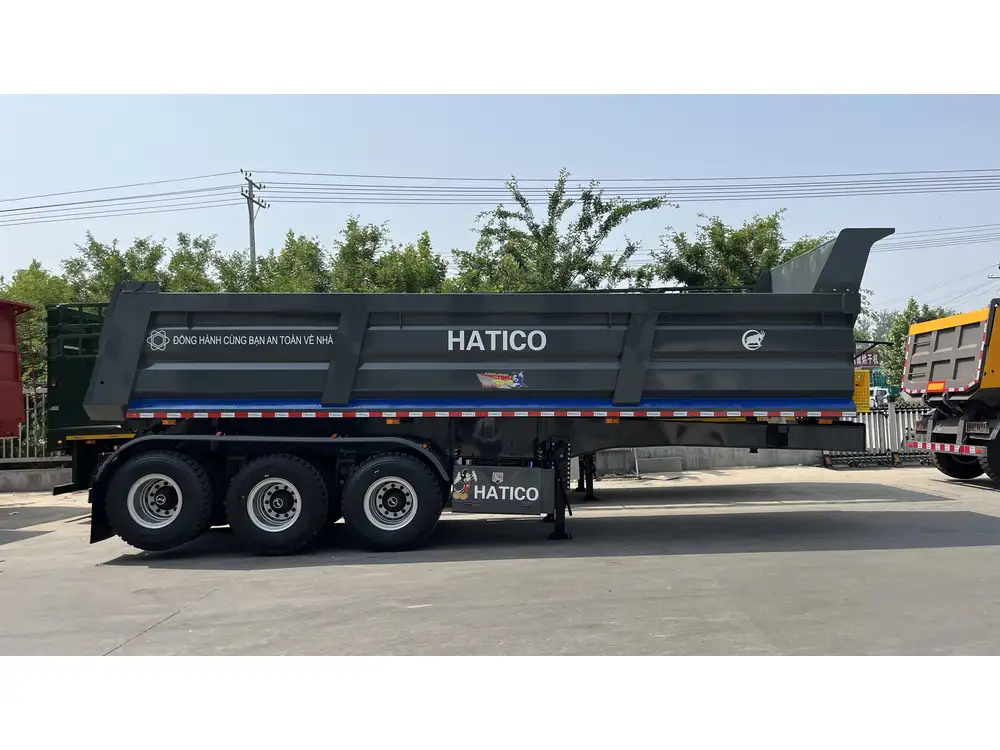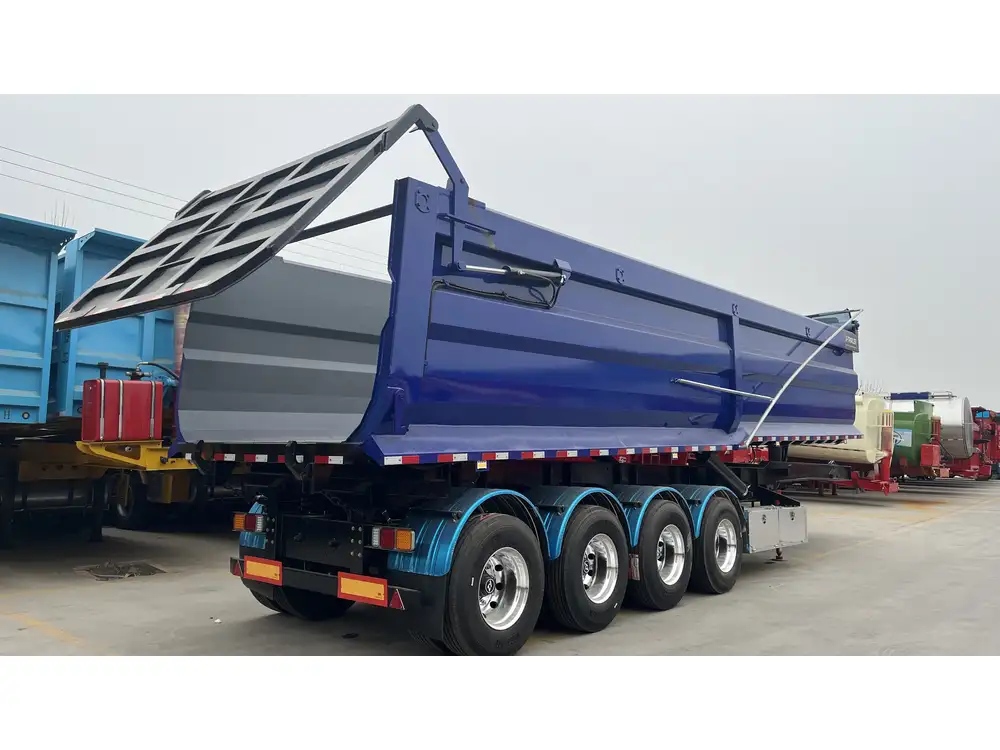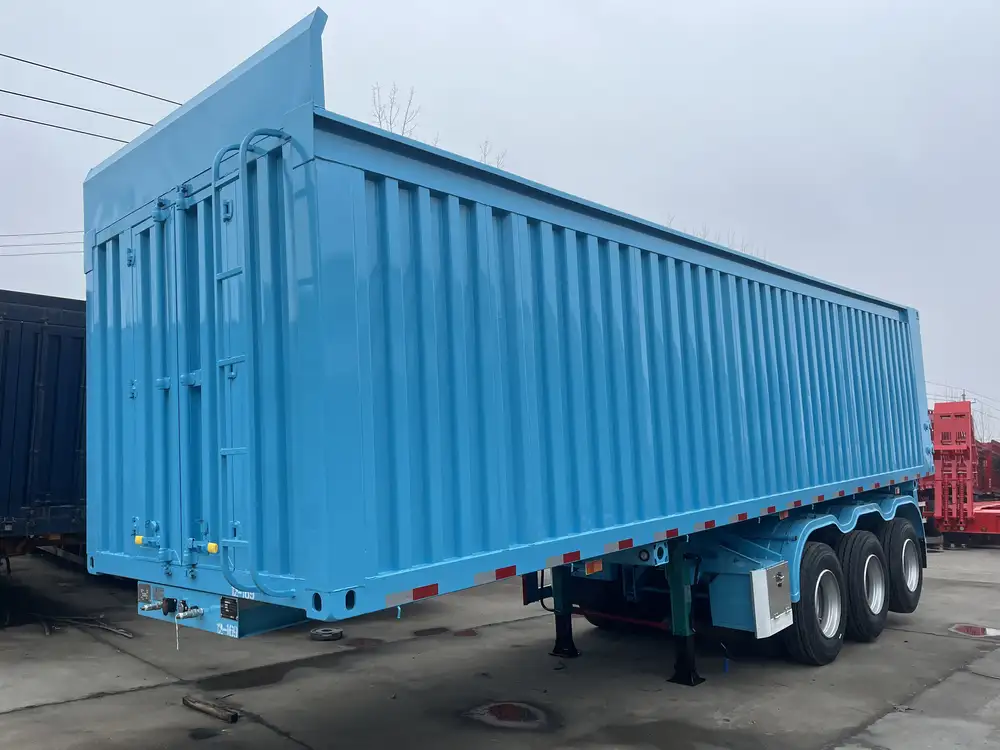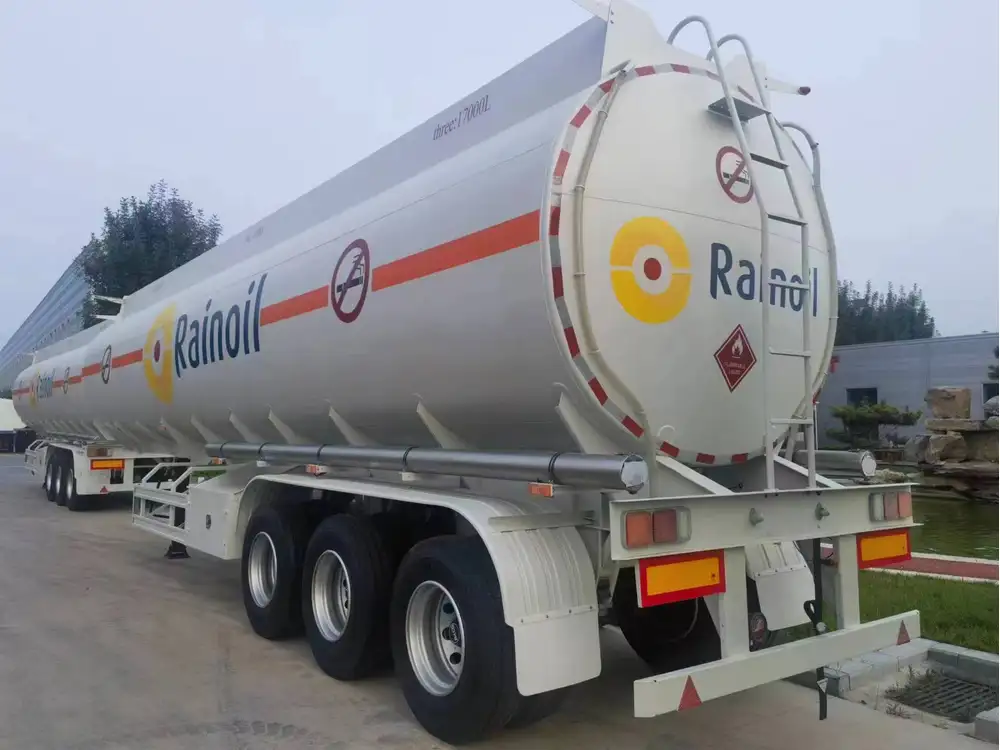When navigating the complex world of logistics, transportation, and freight services, understanding the intricacies of the ISO semi-trailer rate is paramount for both shippers and carriers alike. This article delves into everything you need to know about ISO semi-trailer rates, including their definitions, variations, implications in the shipping industry, and how these rates can affect your logistics strategy.
Understanding ISO Semi-Trailer Rates
Definition of ISO Semi-Trailers
ISO semi-trailers, used widely in international shipping, adhere to the standards set by the International Organization for Standardization (ISO). They are designed for intermodal transport, allowing easy transfer between various modes of transportation (e.g., ships, trains, trucks) without unloading and reloading the cargo, thus significantly enhancing efficiency.

What Constitutes ISO Semi-Trailer Rates?
The ISO semi-trailer rate refers to the pricing structure associated with the rental, freight, and transport of ISO-standardized trailers. This rate can vary widely based on several factors, which we will explore in detail.
Factors Influencing ISO Semi-Trailer Rates
1. Type of Cargo
The nature of the cargo being transported significantly impacts the semi-trailer rate. Cargoes can be categorized into:
| Cargo Type | Impact on Rate |
|---|---|
| Standard Goods | Lower rates due to high volume |
| Hazardous Materials | Higher rates due to special handling |
| Perishable Goods | Higher rates for refrigerated trailers |
The specific requirements for each type of cargo influence not only the rates but also the choice of semi-trailer. For instance, refrigerated trailers are equipped with temperature control systems, thus incurring additional costs.

2. Distance and Route
The distance between the point of origin and destination plays a crucial role in determining the ISO semi-trailer rate. This includes:
- Short-haul vs. Long-haul: Generally, longer distances incur higher costs due to fuel consumption, driver wages, and wear and tear on the vehicle.
- Route Specifics: Some routes are subject to tolls, traffic congestion, and varying regulations that can elevate costs. It is essential to conduct thorough route planning to mitigate unnecessary expenses.
3. Market Trends and Seasonal Variability
Market conditions can fluctuate dramatically based on supply and demand dynamics. During peak seasons, such as holidays, shipping volumes surge, often leading to increased rates. Seasonal demands vary, so being aware of these cycles offers a strategic advantage in budgeting for transportation.
4. Regulatory Compliance
Compliance with local and international regulations can impact ISO semi-trailer rates. Carriers must adhere to stringent standards regarding vehicle maintenance, driver training, and safety protocols, including:
- Emissions Standards: Advanced eco-friendly trailers may have higher upfront costs.
- Licensing: Depending on the jurisdictions traversed, additional licensing fees may apply.
Understanding these compliance costs helps in assessing the holistic financial burden associated with ISO semi-trailer transportation.

5. Availability and Equipment Condition
Equipment availability can constrain or enrich the pricing landscape:
| Availability | Effect on Rates |
|---|---|
| High Availability | Reduces overall market rates |
| Low Availability | Increases competition for limited resources, driving rates up |
Well-maintained trailers often command higher rental costs due to their reliability and reduced likelihood of breakdowns during transport.
Calculating ISO Semi-Trailer Rates
Breakdown of Costs
When determining the overall price of ISO semi-trailer rates, consider the following components:
- Base Freight Charge: This forms the foundation of the rate determined by distance and cargo.
- Surcharges: Added costs such as fuel surcharges, toll fees, and peak season charges.
- Lumpers Fees: Charges associated with loading and unloading cargo, which may vary based on facility or location.

Example Calculation
To illustrate how ISO semi-trailer rates can be calculated, consider the following scenario:
- Base Rate: $1.50 per mile
- Distance: 1,000 miles
- Fuel Surcharge: $0.20 per mile (assuming a 20% fuel costs increase)
- Lumper Fees: $150
Total Rate Calculation:
Total = (Base Rate × Distance) + (Fuel Surcharge × Distance) + Lumper Fees
Total = ($1.50 × 1,000) + ($0.20 × 1,000) + $150
Total = $1,500 + $200 + $150
Total = $1,850
Optimizing Costs Related to ISO Semi-Trailer Rates
Strategic Partnerships and Negotiations
Engaging in strategic partnerships with reliable carriers can result in favorable rates. Long-term relationships often yield discounts and better service levels, which can lead to substantial savings when procuring ISO semi-trailer services.
Potential Negotiation Strategies:
- Volume Commitment: Offering consistent freight levels may reduce per-unit rates.
- Long-term Contracts: Securing a fixed rate over extended periods can buffer against volatility.

Utilizing Technology in Logistics Management
Leveraging technology can optimize transport costs. Implementing Transport Management Systems (TMS) facilitates:
- Dynamic Rate Comparison: Instant price checks across various carriers to find the most competitive rates.
- Real-Time Route Optimization: Adaptive routing capabilities minimize delays and maximize efficiency.
Continuous Market Analysis
Monitoring industry trends and economic indicators can empower informed decisions. Tools and analytics can help keep track of:
- Upcoming regulation changes
- Shifts in fuel prices
- Emerging competitors in the market
The Long-Term Implications of ISO Semi-Trailer Rates

Cost-Benefit Analysis for Businesses
Understanding and effectively managing ISO semi-trailer rates can lead to significant cost savings and enhanced supply chain efficiencies. Consider the following long-term implications for your business:
| Implication | Impact |
|---|---|
| Improved Budgeting | More predictable costs |
| Enhanced Delivery Performance | Timely deliveries increase customer satisfaction |
| Competitive Advantage | Better pricing strategies lead to enhanced market positioning |
Sustainability Considerations
With increasing pressure for environmental responsibility, companies focusing on sustainable logistics may face different sets of ISO semi-trailer rates based on:
- Fuel Efficiency: Investing in eco-friendly trailers might have higher initial costs but lower operational costs.
- Regulatory Compliance: Adhering to sustainability regulations can sometimes yield tax benefits or subsidies.
Conclusion
Navigating the intricacies of ISO semi-trailer rates is essential for logistics professionals aiming to enhance operational efficiencies, control costs, and maintain competitive edges in the ever-evolving transportation landscape. By investing time into understanding the factors influencing these rates, businesses can strategically position themselves for success.
As you strategize your transportation needs, consider leveraging technology, forging strong partnerships, and consistently analyzing market trends. Doing so will not only facilitate better decision-making but also lead to measurable improvements in your logistics performance, ultimately resulting in sustained growth and profitability.



